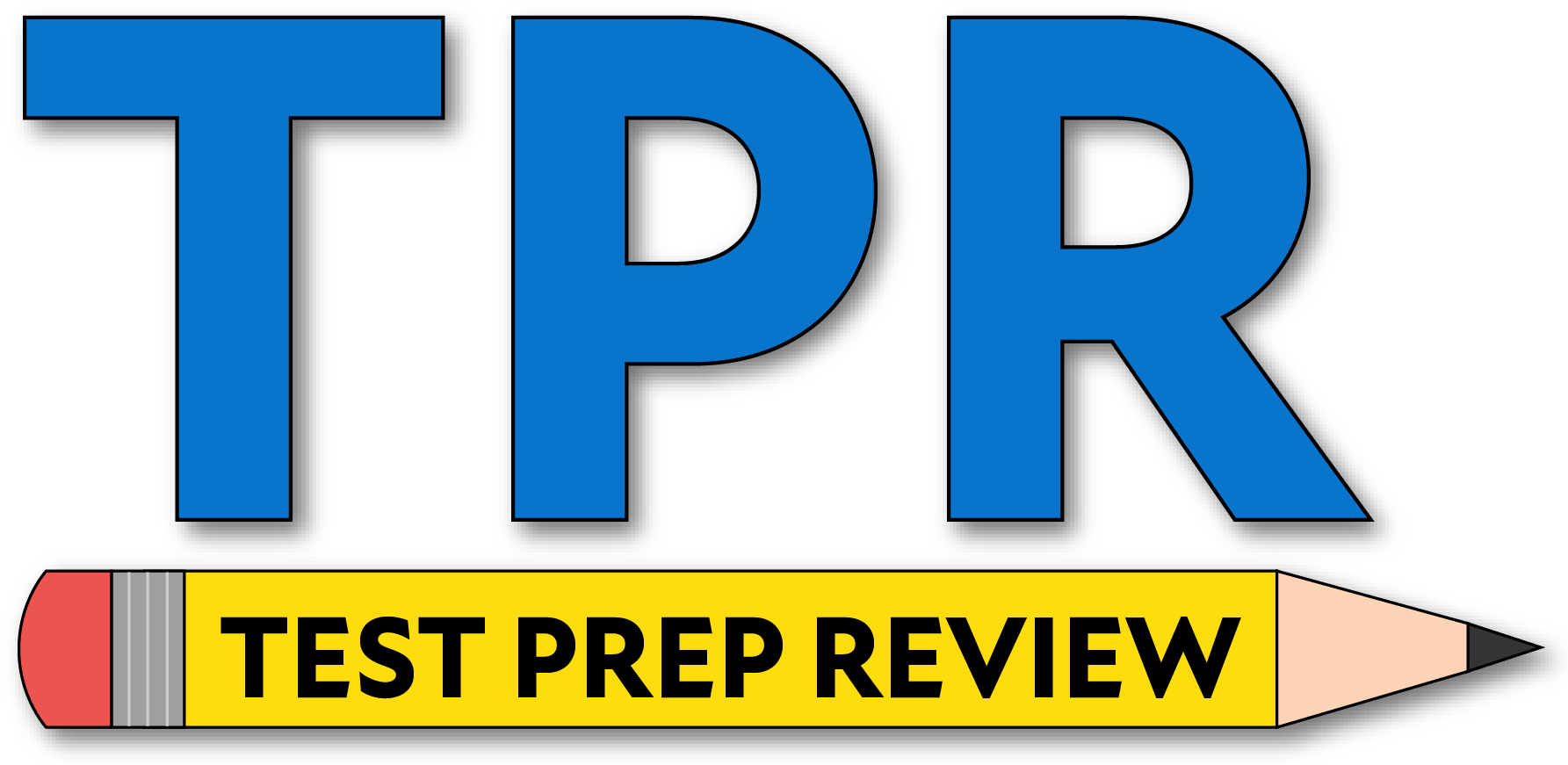If you need help studying for the National Opticianry Competency Exam (NOCE) or just want some more information about what the test is like, you’ve come to the right place.
Click below to take a free NOCE practice test!
What’s on the Exam?
How to Register
Exam Scores
Retaking the Exam
What Test-Takers Are Saying
FAQs
Exam Eligibility
Before you can register to take the NOCE exam, you’ll need to get your high school diploma or GED.
What’s on the Exam?
First, let’s talk about the questions on the exam. There are 125 multiple-choice questions total, but only 100 of the questions will count toward your score. Why is that?
The 25 unscored questions on the exam are called “pretest” questions. These are added to the exam to determine if they’re good enough questions to add to future versions of the test.
The trick is that you won’t have any way of knowing which questions are scored and which ones are pretest. They will appear just like the scored questions throughout the test.
The time limit for the exam is 2 hours. There aren’t any scheduled breaks, but you’re free to take restroom breaks as needed.
Let’s take a closer look at the different sections of the National Opticianry Competency Exam.
1. Ophthalmic Optics
25 scored questions
- Terminology
- Prescriptions
- Lens characteristics
- Lens powers and types
- Various lens materials
- Effect of changes in base curve and thickness
- Calculating prismatic effects
- Effect of lens materials and design on dispersion, weight, and thickness
- Measurement systems and conversions
- Lens options for various occupations and other lifestyle activities
- Usable accommodation and the range of vision with various lens powers
- Neutralization of lenses
- Ophthalmic formulas
2. Ocular Anatomy, Physiology, Pathology, and Refraction
10 scored questions
- Anterior adnexa
- Anterior segment
- Posterior segment
- Facial configurations
- Glaucoma
- Macular degeneration
- Scotoma
- Cataracts
- Diabetes
- Amblyopia
- Pseudophakia and aphakia
- Refractive errors
- Prism balance
3. Ophthalmic Products
20 scored questions
- Frame and lens availability, uses, limitations, liabilities, and parameters
- Low vision aids
- Preassembled eyewwear
4. Instrumentation
15 scored questions
- Using lens power measuring devices
- Using lens measurement devices
- Dispensing instrumentation
5. Dispensing Procedures
20 scored questions
- Patient history
- Fitting
- Adjusting
- Measuring
6. Laws, Regulations, and Standards
10 scored questions
- Product performance and limitations
- Applicable national guidelines, laws, regulations, and standards
- Universal precautions
- Coding, EMR, and related insurance requirements
How to Register
To get started with the registration process, you’ll need to submit a registration form via the ABO-NCLE website. The form will ask you for your contact information and any documentation to prove your eligibility (among other things).
When you submit the form, you’ll also need to submit the testing fee, which is $225.
Exam Scores
The test is scored using the Angoff method. Here’s how it works:
The Angoff method involves a group of subject-matter experts taking an educated guess at the percentage of candidates who would correctly answer each question on the test. These estimates are then averaged to set a cut-off score, which test-takers must meet or exceed to pass.
This method aims to ensure the pass threshold reflects the level of knowledge or skill that is deemed minimally acceptable for a particular profession or field.
ABO-NCLE doesn’t provide a specific passing score; your score report will simply say “pass” or “fail.”
Retaking the Exam
If you didn’t get a passing score on your first try, that’s okay! You can retake the test after a 14-day waiting period.
Keep in mind that you will have to pay the full testing fee every time you retake the test.
What Test-Takers Are Saying
Don’t just take our word for it! See what real test-takers are saying about the NOCE:
“Memorize ANSI standards for sph, cyl, and axes, and vertical & horizontal prism. Memorize index of refraction and Abbe values for Crown glass, CR-39, Trivex, high-index 1.66, high-index 1.74, cornea, crystalline lens, and polycarbonate. Know the basic wavelength of light.”

Reddit User
“The tools I had to identify were all tools for assembling and dismantling drill mounts for some reason, which I never use as we don’t edge in house. I don’t even have those tools on hand. They also gave me a lot of questions about poly, but a lot of them were the same question, just rephrased.”

KrystleClear
OptiBoard
“I wished I had memorized the acceptable tolerances for lenses. And base curves too (which base curve for which prescription)—but there were only a couple of questions about that. There were only like four formulas that mattered: focal length, Prentice’s rule, compensated vertex, and minimum blank size.”

BongDong69420
“The biggest thing that helped me was using what I was learning with hands-on applications—practicing with lens meters and applying the concepts and observing how they interacted (in terms of refractive theories and equations and layout basics). Also try to go hands-on with adjustments and fitting theory stuff.”

xX_weewow_Xx
FAQs
How many questions are on the NOCE exam?
The exam contains 125 questions.
What is the time limit for the NOCE exam?
The exam is timed at 2 hours.
What is the passing score for the NOCE exam?
There is no concrete passing score; it changes depending on which version of the exam you take.
How much does the NOCE exam cost?
The testing fee is $225.
Mometrix Test Preparation is not affiliated with or endorsed by any official testing organization. All organizational and test names are trademarks of their respective owners.



 NOCE Study Guide
NOCE Study Guide NOCE Flashcards
NOCE Flashcards